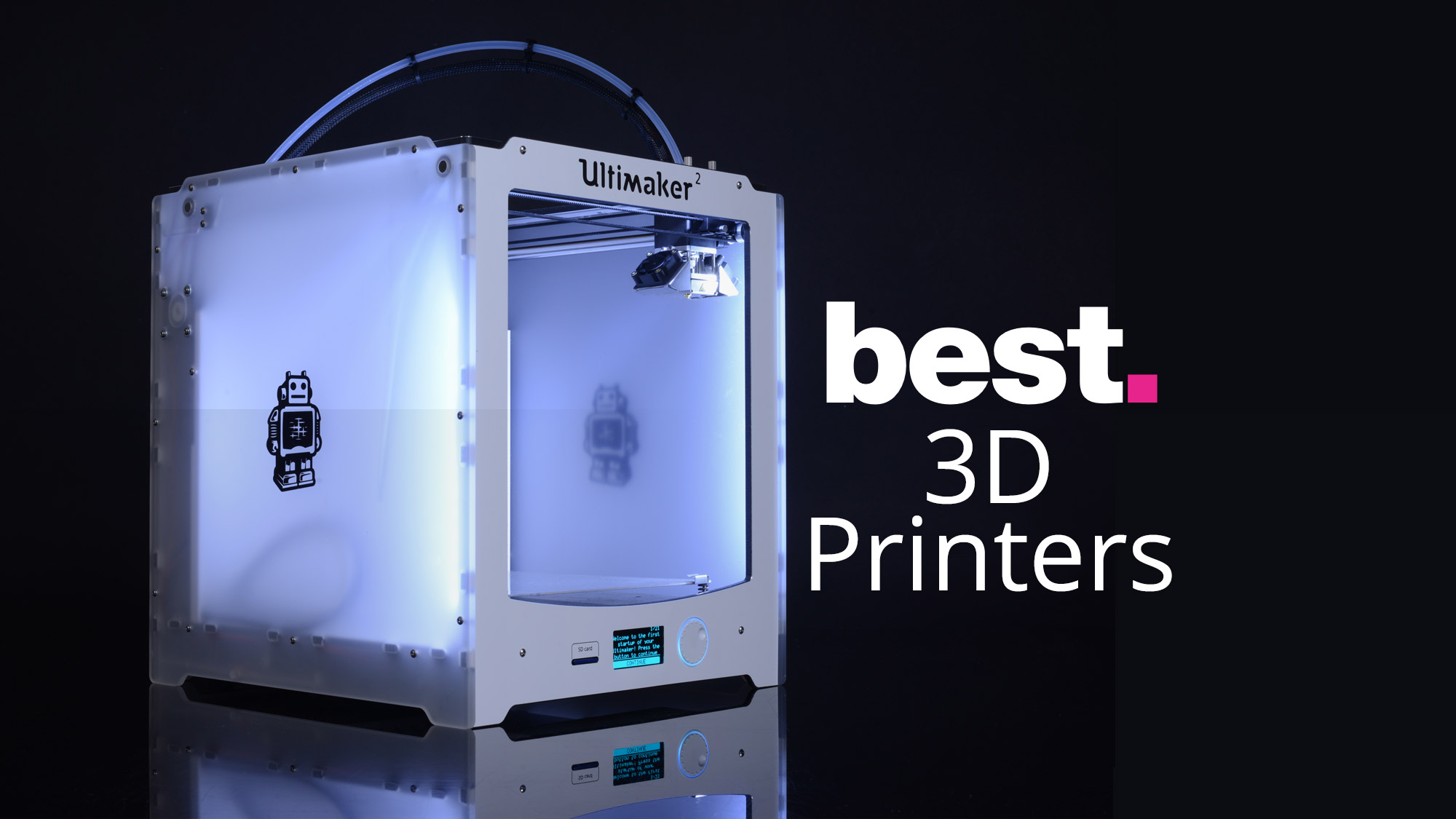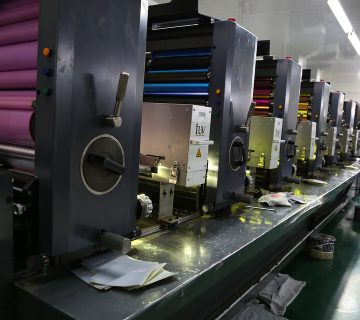As the community- and maker-driven RepRap project has grown, more unique types of fused-deposition modeling (FDM) 3D printers have been invented. These machines, such as the delta, SCARA, polar, and belt printers, have differences in their motion style, coordinate system, and other aspects.
The 3D-Rotoprinter is a fairly new FDM machine that takes a relatively unique approach to 3D printing, using a rotary axis. The machine was invented by 3D printing enthusiast Jonas Duteloff while studying at the Burg Giebichenstein University of Art and Design in Halle, Germany.
Although this printer got some hype on social media, there’s only one build, which was made by the inventor himself. Currently, you can’t buy a Rotoprinter, and because it’s only practical for printing certain types of parts, which we’ll get to later, it doesn’t have as broad an audience as more versatile types of machines (e.g. i3-style machines).
Nevertheless, the Rotoprinter is worth learning about! In this article, we’ll review the project, including how it works and its advantages and drawbacks. We’ll also cover some examples of machines that follow a similar motion system and look into how they’re used. Enjoy!
3D printers, in general, are pretty complicated machines, and the 3D-Rotoprinter is on the more complex side of the spectrum. In this section, we’ll go over how the 3D-Rotoprinter is built and how it works.
The 3D-Rotoprinter works uniquely compared to most 3D printers but still uses a Cartesian coordinate system (i.e. using X-, Y-, and Z-axes). The movement style of this type of printer is pretty similar to a CNC lathe, which spins a base object against a cutting tool to craft the desired part. It also utilizes a rotational motion but performs additive rather than subtractive manufacturing. Moreover, the Rotoprinter features a standard FDM extrusion system, where the stringed filament is melted and pushed through a nozzle, adding material (usually thermoplastic) to a spinning cylindrical build plate.
Although the motion of the Rotoprinter is unusual, the overall structure (e.g. frame) is pretty typical and nothing especially new. Besides the build plate, this machine looks like many other i3-style printers, like the Ender 3 V2, and uses a Bowden extruder setup with a standard FDM hot end.
The printhead moves along an X-axis gantry (the designer used conduit sliding rails with belts), which can move up and down along the Z-axis. The Y-axis motion defines the build plate’s rotational movement, which is the unique element of the Rotoprinter’s motion style.
Due to its rotational axis, the Rotoprinter can produce better cylindrical prints, like a threaded screw, compared to traditional printers with flat build plates. As seen in the image above, the “stair-stepping” effect commonly seen on traditional prints with curved features is significantly reduced when using the Rotoprinter.
On top of improved visual quality for prints, the Rotoprinter’s motion style also reduces the need for post-processing compared to regular FDM printers. That’s because the Rotoprinter can print specific cylindrical models without the usually required supports. This reduces the time needed to clean up the model, as removing supports and sanding rough overhang edges isn’t required.








No comment